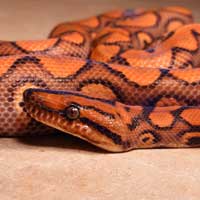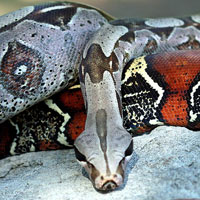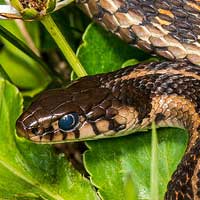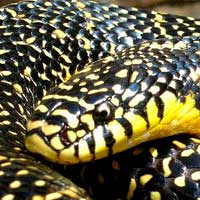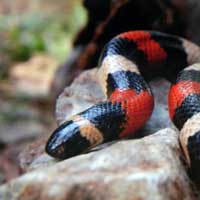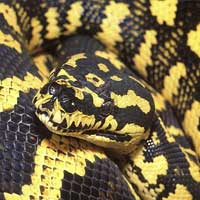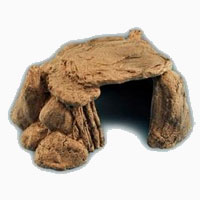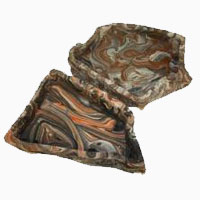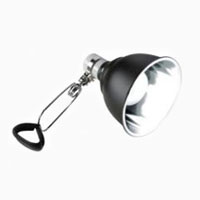Louisiana Milksnake
Scientific Name: Lampropeltis Triangulum Amaura
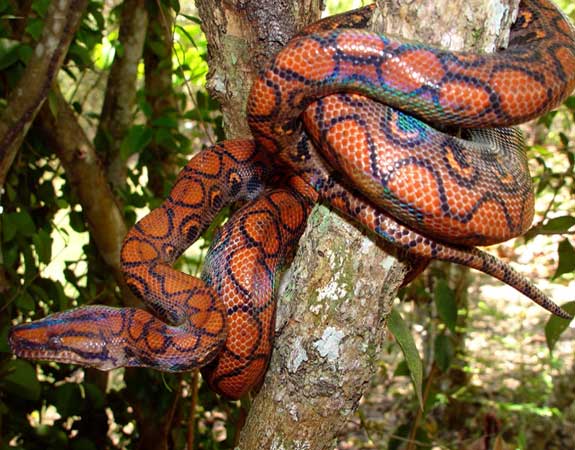
Share this Post
The Louisiana Milksnake, Lampropeltis triangulum amaura, is member of the quartet of 4 coral snake-pretenders inhabiting the wider Texas area. They have characteristic black-red-black-yellow-black bands throughout their length, in that order. The red bands are the widest. This snake, with shiny scales, has a black slightly pointed head. In the wild, its diet consists of newborn mice, small lizards and small snakes. On the other hand, they form part of the menu for raccoons, skunks, owls and hawks. Hatchlings length ranges from five to eight inches. The longest snakes measures 69cm while the shortest 40cm.
Louisiana Milksnakes Are Beautiful Creatures
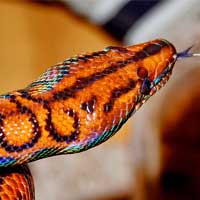
Facts About Louisiana Milksnakes
Geographic Location
It covers a substantial range, from the western bank of the Mississippi River, Louisiana to the eastern part of Texas, completing its coverage in Waco.
Habitat
The Louisiana Milksnake prefers hardwood lowlands though a few species do not mind oak-hickory hillsides and grasslands interspersed with very rocky, limestone projections. The more secretive species like the bottoms of rivers and consequently are difficult to capture.
Behavior
Amaura, a nocturnal species surfaces in the months of October to November. Its temperament depicts nervousness hence its jumpy disposition. They seldom settle in captivity and keep striking and buzzing their tails. Most of them cannot help but jerk spasmodically when picked up. They smear feces and musk about, readily biting unsuspecting captors. Very few species exhibit uncharacteristic calm.
Reproduction
A brumation period of three months suffices, typical of all kingsnakes. Copulation can take up to several hours, yielding a clutch range of two to nine eggs thirty to forty days after successful fertilization. The size of the egg and the neonate is dependent on the female’s size. The incubation period lasts about 60 days at a temperature of 82F.
Captivity
As the Louisiana Milksnake is not on the list of endangered species, it is not commonplace zoo specimen. It prefers a secretive life so providing the rocky habitat it thrives in is a tall order.
